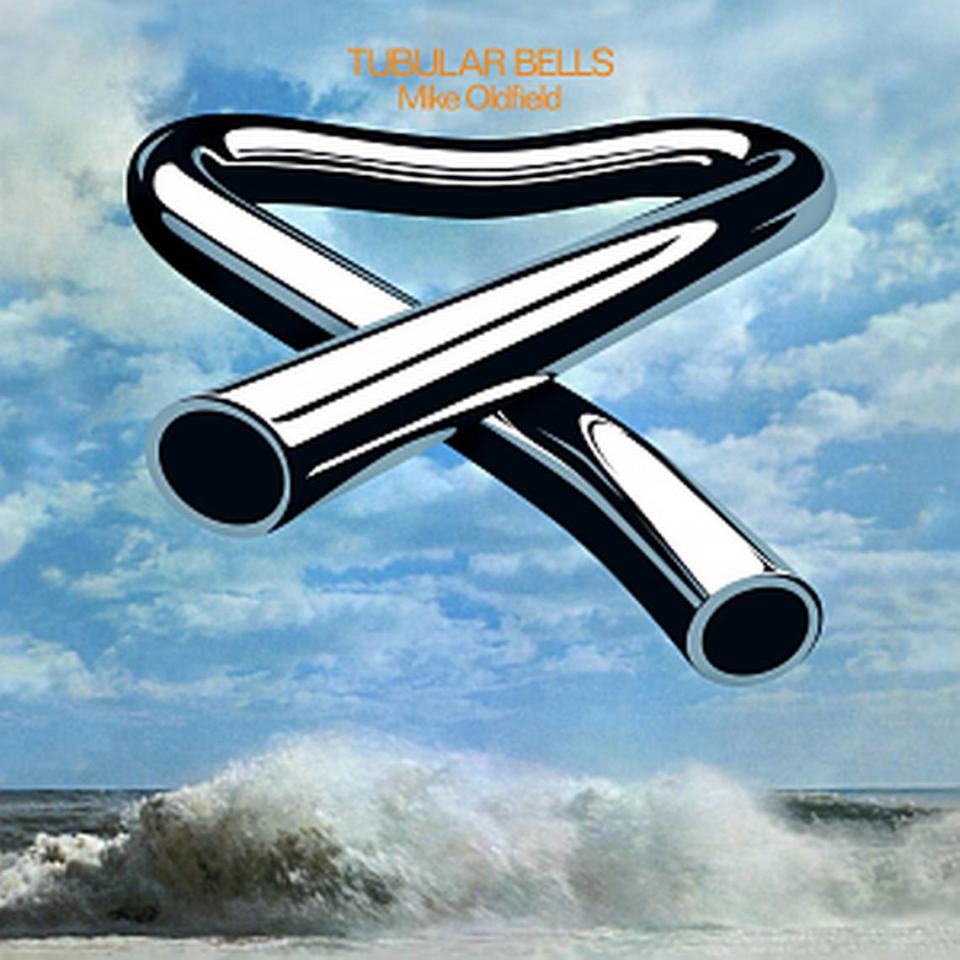Pink Floyd, Elton John, Stevie Wonder, Linda Ronstadt: 10 albums that ruled 1973
- Oops!Something went wrong.Please try again later.
- Oops!Something went wrong.Please try again later.
- Oops!Something went wrong.Please try again later.
- Oops!Something went wrong.Please try again later.
Blame it all on 1971. It was a year full of so much groundbreaking contemporary music that celebrating its 50th anniversary in 2021 was both inevitable and unavoidable.
Then came 1972, which was again stuffed with recordings of lasting appeal and influence, yielding another half-century celebration. So that must mean the tank is empty now that the music of 1973 is turning 50. Hardly. While not the epic year, perhaps, 1971 or 1972 were, 1973 produced works whose popular reach is still very much felt today.
It was a period of change for some, a breakthrough of mammoth and unanticipated extremes for others. And for a few, it was simply a time when a sound honed for years finally clicked with audiences, radio and, in one notable instance, the movie industry.
Here is a rundown of 10 classic albums from 1973, records that turn the big 5-0 this year. Their resonance and inspiration through ensuing generations remains enormous.
Paul McCartney, Marvin Gaye & more: The 50th anniversary of music’s biggest summer
1972: The year that gave us Ziggy Stardust, The Divine Miss M and the Eagles.
Pink Floyd: “The Dark Side of the Moon”
This one leads all 1973 contenders because its initial blockbuster popularity was so unexpected. A Brit prog rock troupe with a mostly underground following, Pink Floyd offered a treatise on breakdown from personal, social and global viewpoints that remained on the Billboard 200 charts for an unprecedented 15 years (it still pops up on the chart on occasion to this day), transforming the trippy experimentalist quartet into an international sensation.

Elton John: “Goodbye Yellow Brick Road”
This was the culmination of Elton John’s stunning early ’70s rise to stardom – a mix of glammed up rockers and epic pop mood pieces. It was a double-album that had everything: terrific songs, expert production, a road-tested band and John at the peak of his performance powers. “Saturday Night’s Alright for Fighting,” “Bennie and the Jets,” “Candle in the Wind” and the title tune all became major hits, cementing John as a pop music colossus
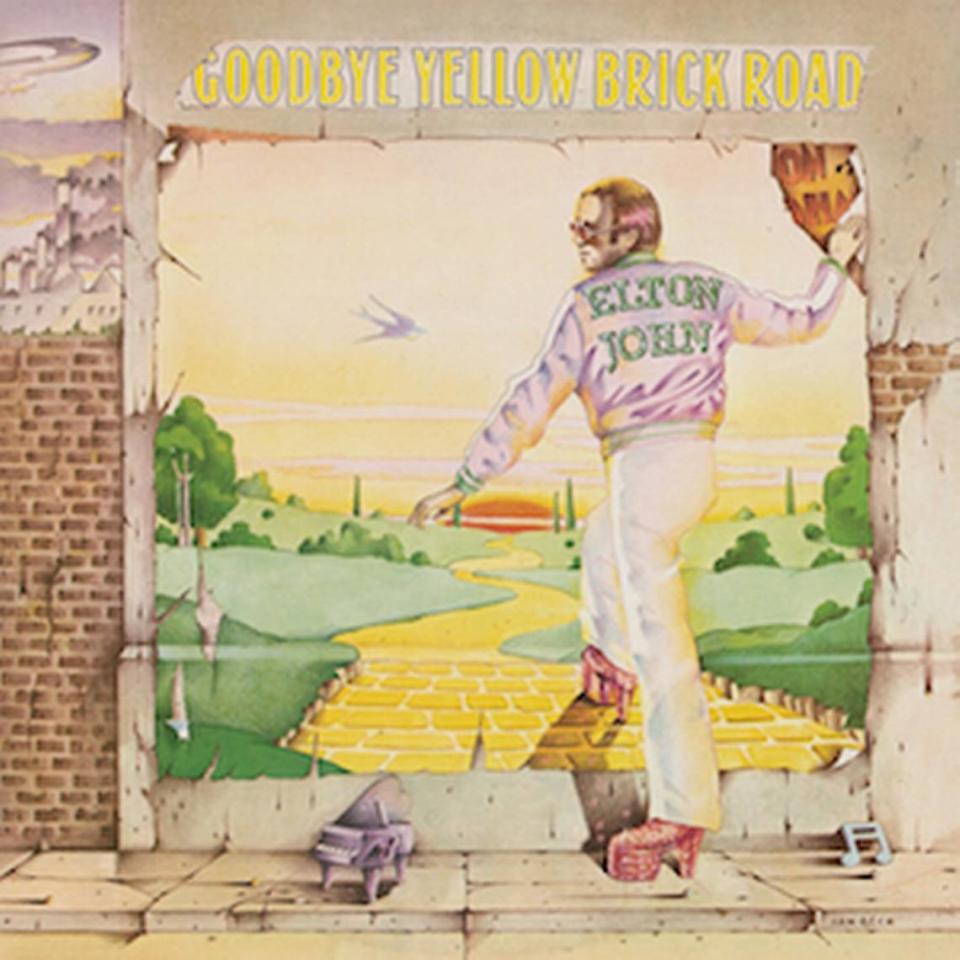
Linda Ronstadt: “Don’t Cry Now”
“Don’t Cry Now” was the sound of change for Linda Ronstadt, taking her from a series of appealing country-leaning pop records for Capitol to the then-blooming Asylum label. The entire stylistic focus of her music shifted as a result, turning Ronstadt’s already luxuriant singing into a masterful and mature voice of interpretation. Here, she covers songs by the Eagles, J.D. Souther, Randy Newman and Neil Young with stunning insight and emotive grace.
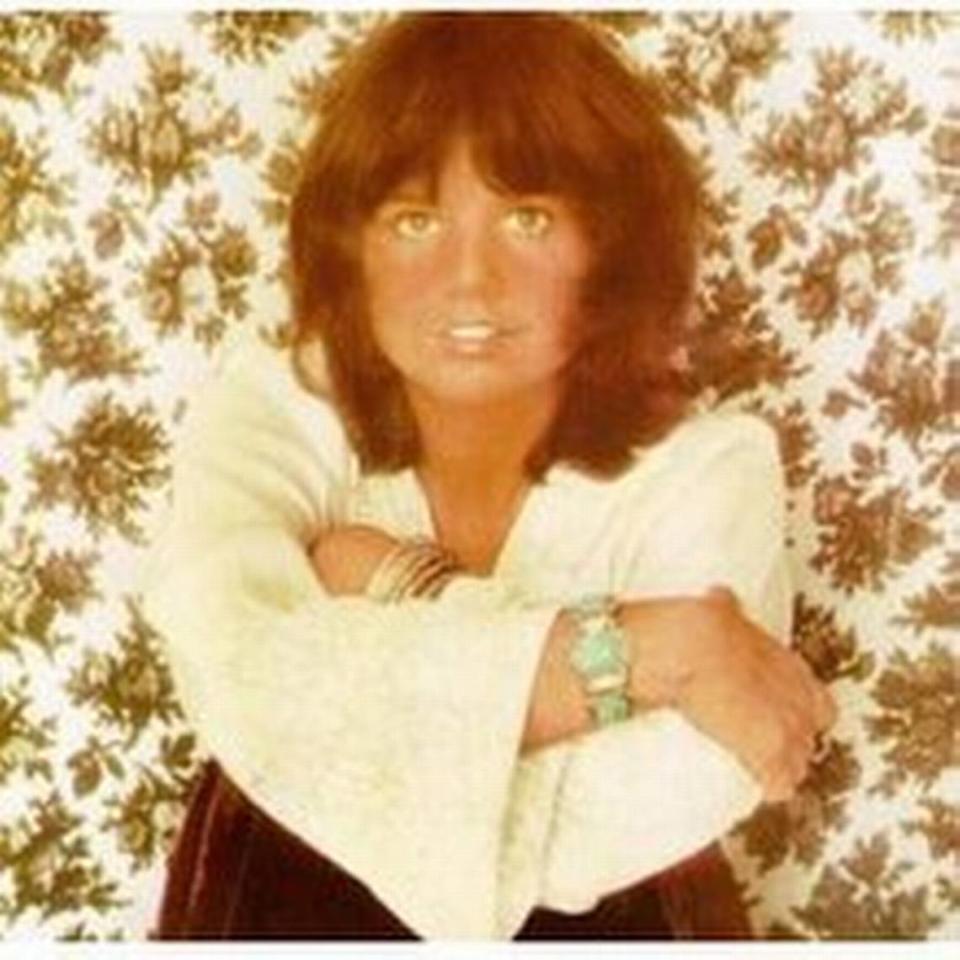
Stevie Wonder: “Innervisions”
Many will debate which work within the remarkable string of albums Stevie Wonder cut between 1971 and 1976 was his finest. “Innervisions” gets my vote by firmly establishing a balance between songs of immense social urgency with tunes of rich romantic splendor (from “Living for the City” to “Golden Lady”). It was also a towering musical and technical achievement, mixing soul, rock, funk, even Latin accents. A milestone work.
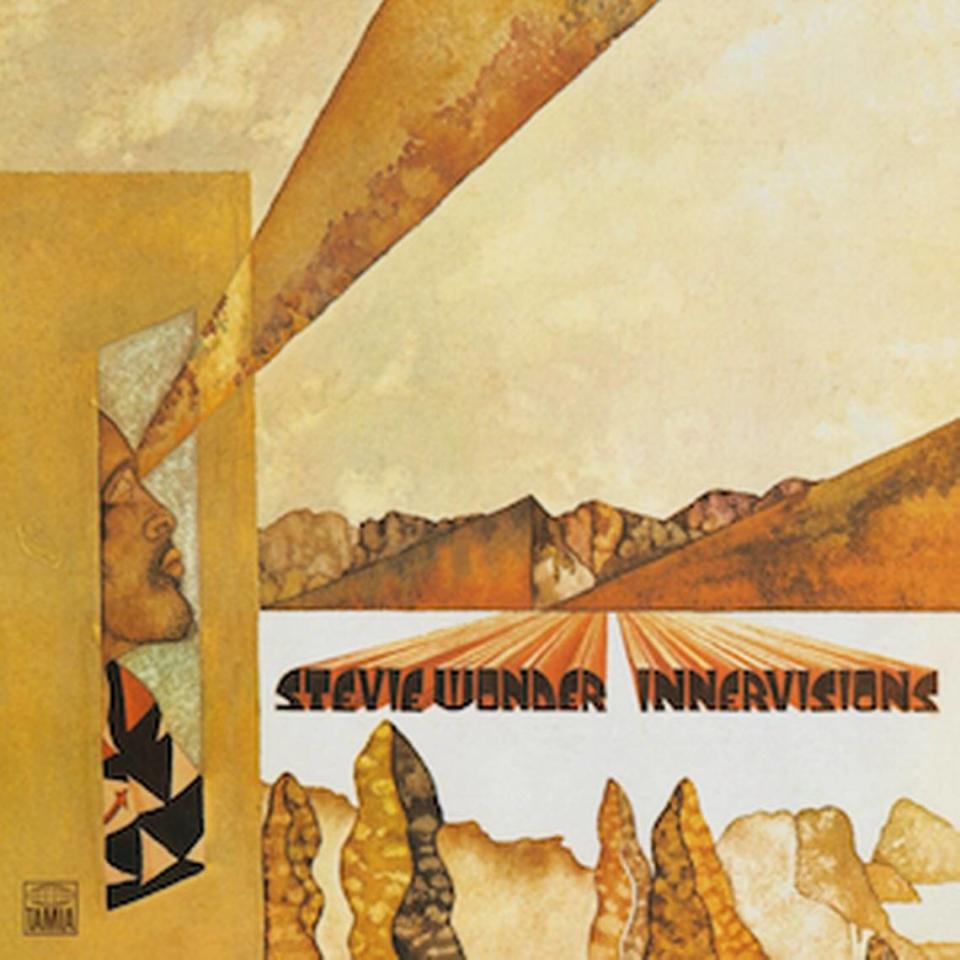
Little Feat: “Dixie Chicken”
Following the critical success but commercial disappointment of its first two albums, Little Feat faced make-or-break time by changing bass players and expanding from a four to six-member unit. But it was Lowell George’s presence as a songwriter, vocalist, guitarist and especially producer that made “Dixie Chicken” the band’s best and most enduring album – a mix of West Coast-inspired songcraft and Southern fried, roots-savvy smarts.
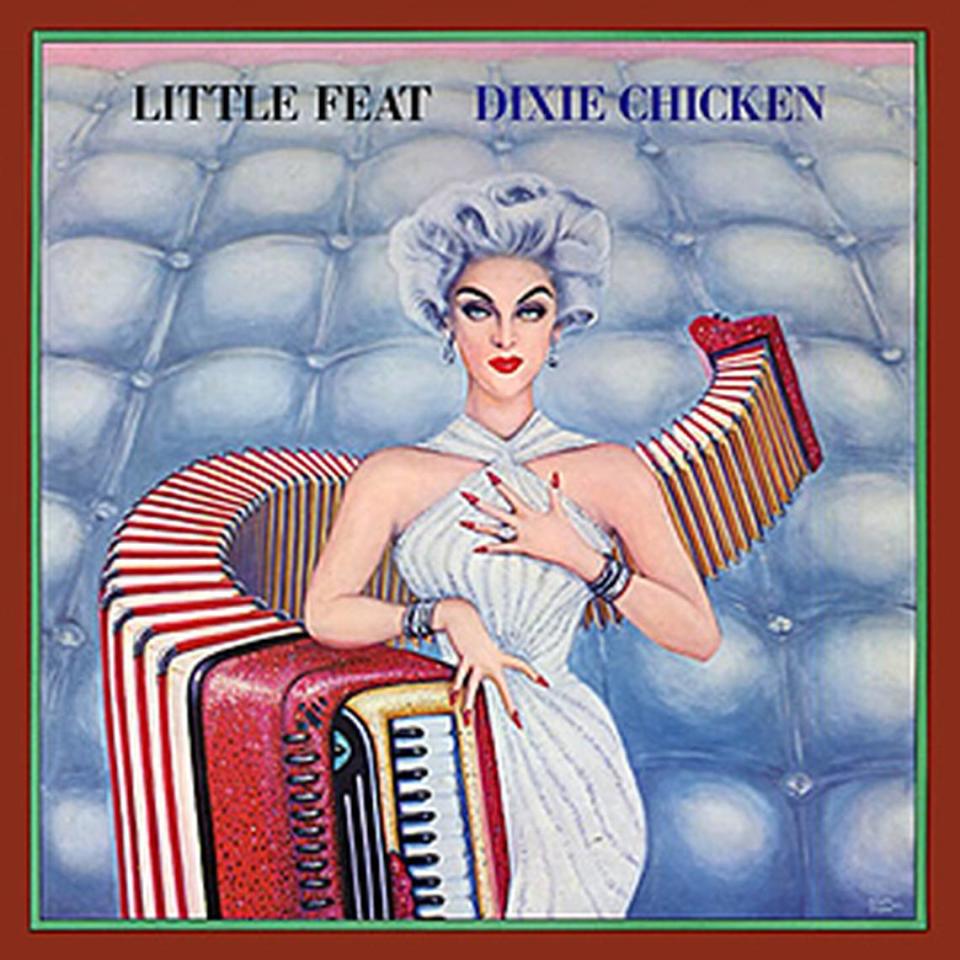
The Who: “Quadrophenia”
Pete Townshend’s early definition of “Quadrophenia” was quite literal – a restless British youth suffering from double schizophrenia. But the story was more personal than that, reflecting on a showdown between rival British gangs of Mods and Rockers. An intriguing plotline, but as always with The Who, the music won out over narrative. The melodic sweep of “Quadrophenia” was majestic with “Love Reign O’er Me” serving as an epic crescendo.
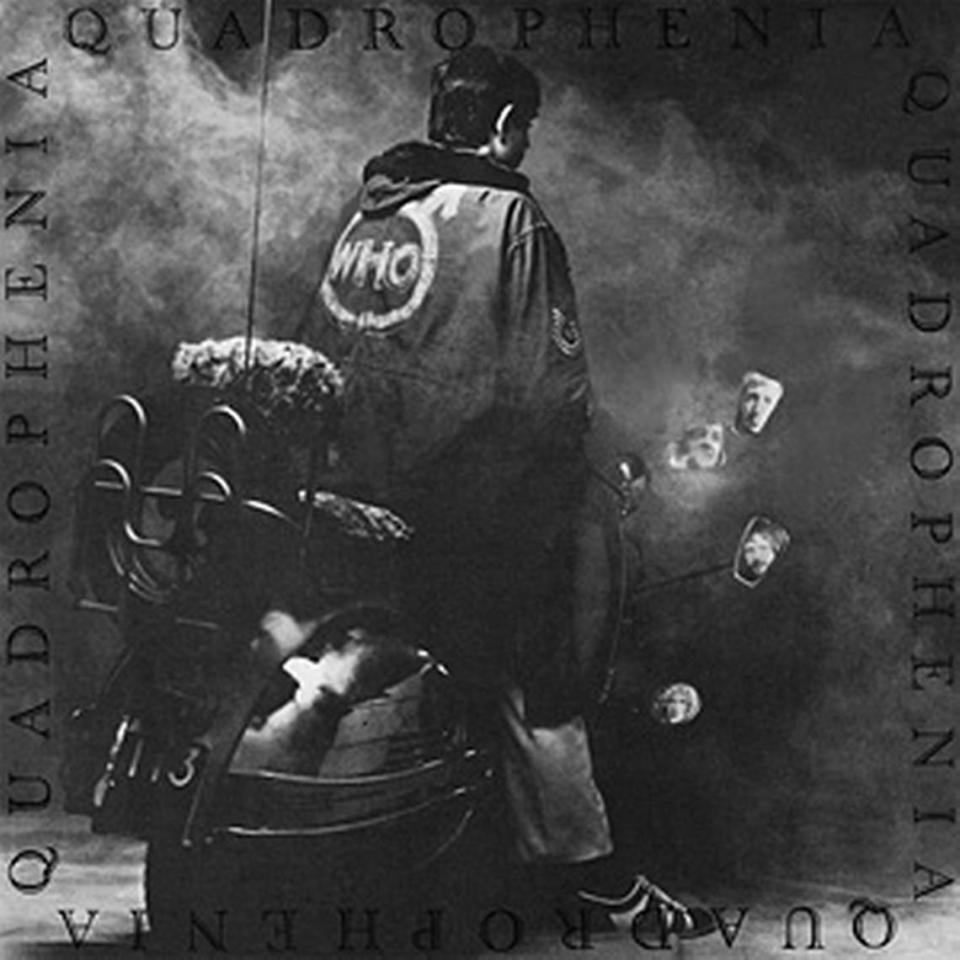
Paul McCartney and Wings: “Band on the Run”
This third album by Paul McCartney’s post-Beatles ensemble Wings was recorded mostly in Nigeria by a mere trio (Paul and Linda McCartney with Denny Laine). “Band on the Run” didn’t so much chart new ground as revitalize the pop sensibility the ex-Beatle was known for. No one will quote lyrics here like they did with Beatles songs. But McCartney’s assured command of pop melody and charm compensated.
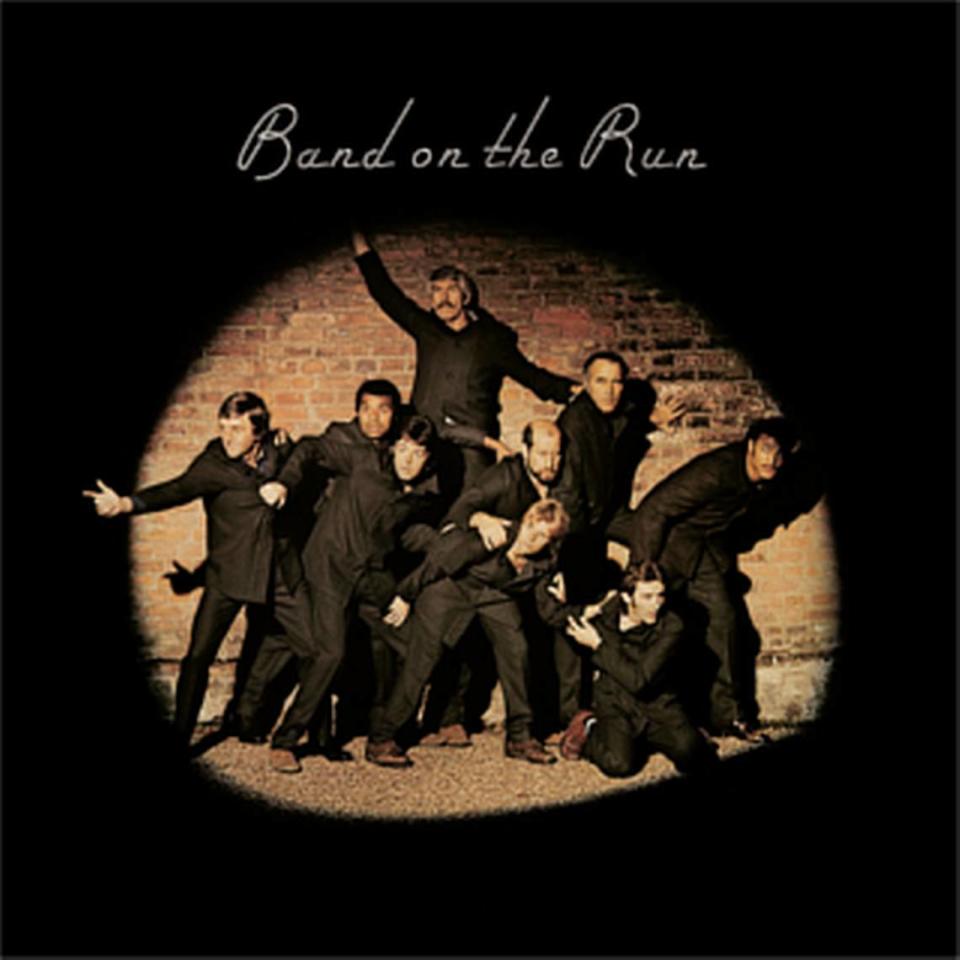
Herbie Hancock: “Head Hunters”
One of the most prolific jazz composers and innovators of the 1960s thanks to sublime recordings made on his own as well as with Miles Davis, Herbie Hancock moved into electric music by the end of the decade. His first experiments were sometimes abstract extensions of his jazz instincts. “Head Hunters” instead embraced instrumental funk hip enough for modern jazzers but open enough for pop and R&B audiences. A career-defining record.
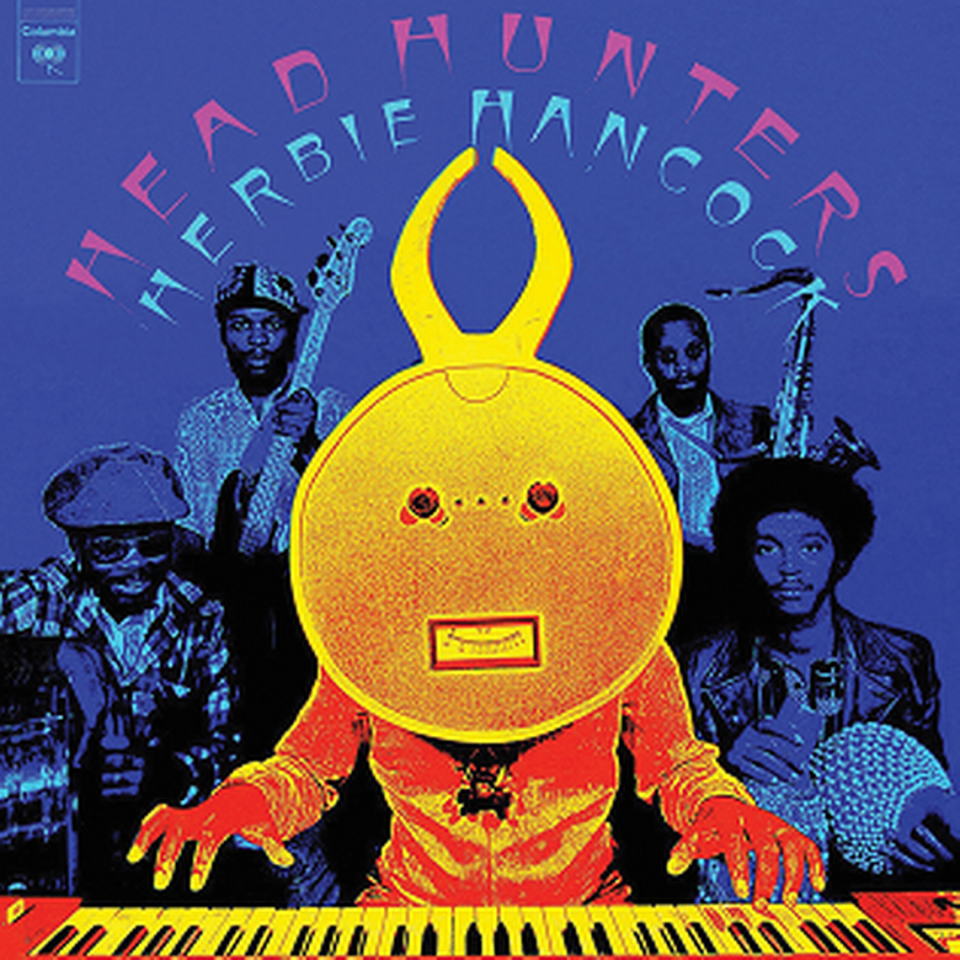
ZZ Top: “Tres Hombres”
ZZ Top’s first two albums were choice statements of Texas-brewed, blues-invested, power trio rock ‘n’ roll. On “Tres Hombres,” the sound toughened into efficient, three-piece Lone Star soul (despite the fact the record was cut in Memphis). It’s also the album that clicked with radio, thanks to the hit single “La Grange,” a song celebrating a brothel. Hands down, the most definitive (and best-selling) reflection of the ZZ Top boogie charge.
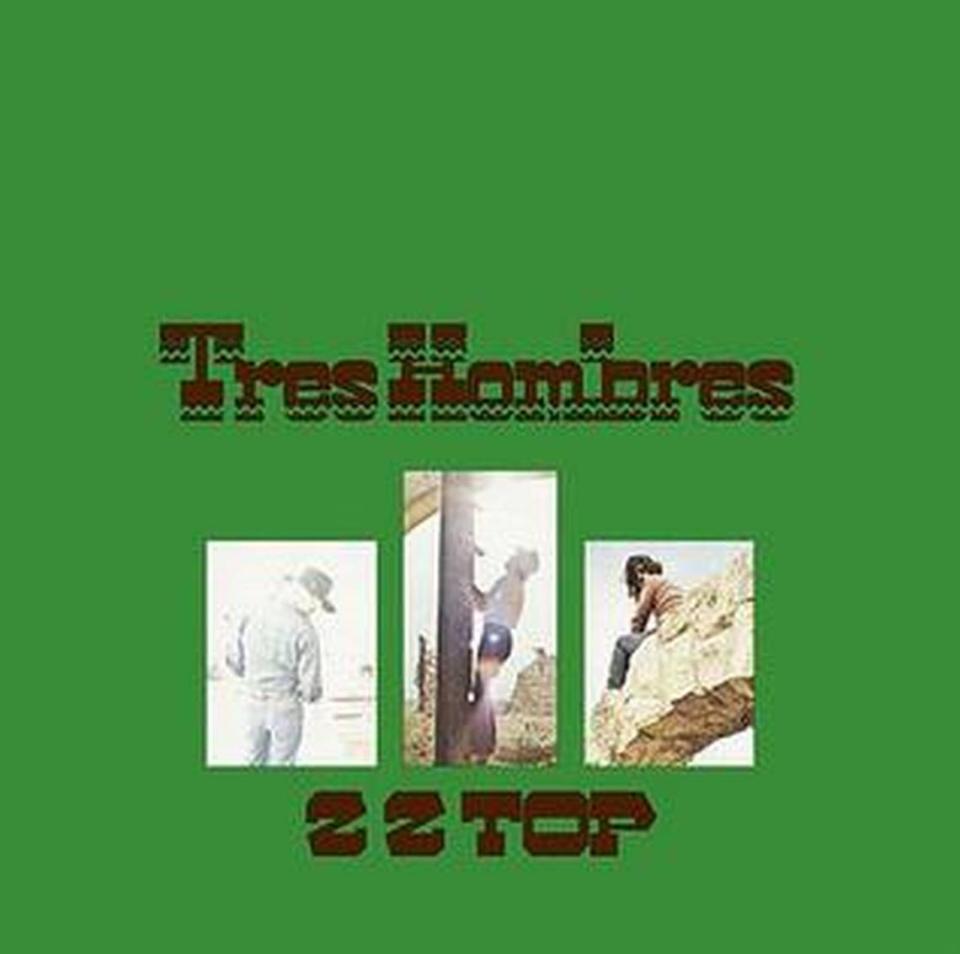
Mike Oldfield: “Tubular Bells”
The only thing stranger than the construction of “Tubular Bells” was its slow journey to hit status. Composed as an instrumental prog suite by a 19-year-old Mike Oldfield, its initial appeal seemed limited to late-night FM radio purgatory. Then the simple but spooky intro melody wound up as theme music for “The Exorcist.” Suddenly, that snippet of “Tubular Bells” became the most recognizable bit of moody movie music from the ’70s outside of the “Jaws” theme.
